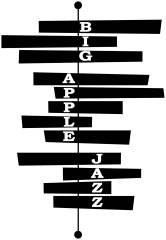New York City, NY
Oct 29th, 2025
Bird in the Village: Charlie Parker’s New York Sessions That Shaped Modern Jazz
Bird in the Village: Charlie Parker’s New York Sessions That Shaped Modern Jazz
Few musicians changed jazz as completely as Charlie “Bird” Parker. His sound, his phrasing, and his speed transformed the way the world heard jazz music. From small jam sessions in Minton’s Playhouse, Harlem, to groundbreaking nights at The Village Vanguard, Charlie Parker’s time in New York defined the birth of modern jazz: bebop.
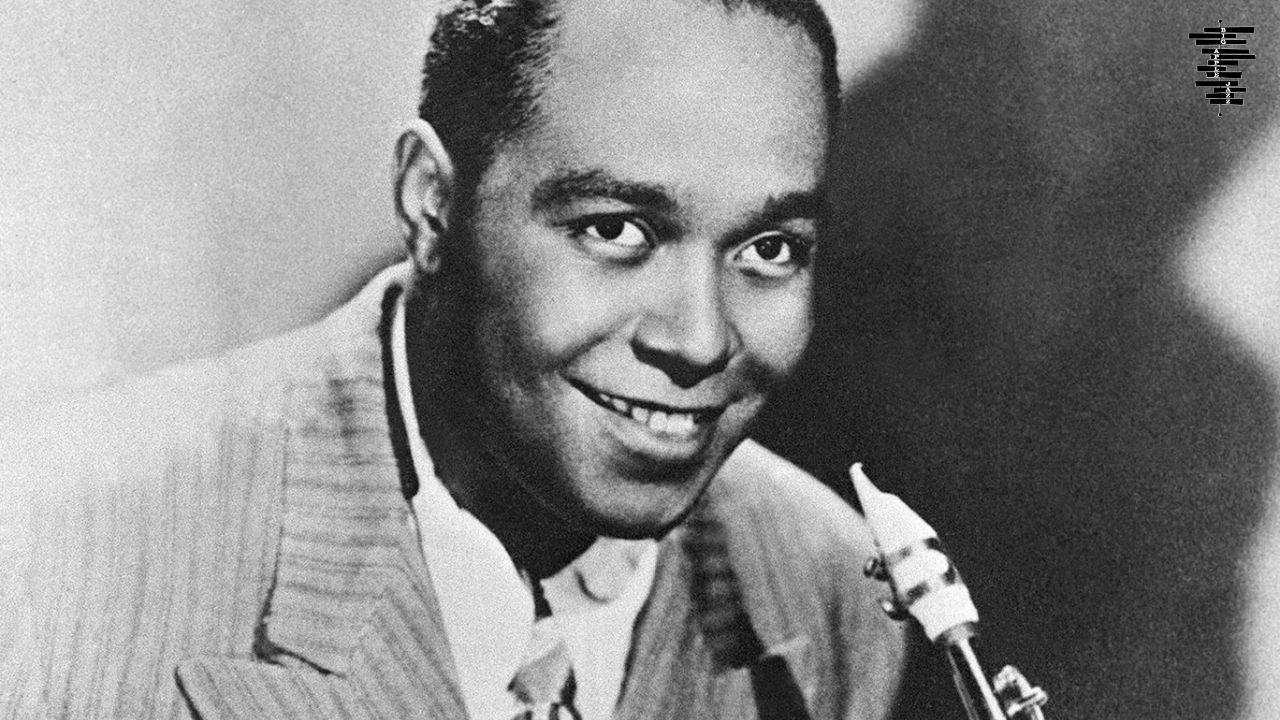
Early Struggles and Arrival in New York City
Born in Kansas City, Kansas, in 1920, Charlie Parker was drawn to the saxophone early in his life. His mother saved enough money to buy him his first horn when he was eleven.
By his teens, he was already gigging in local bands. But Parker wanted more. He wanted to push the limits of sound and rhythm.
In the late 1930s, he packed his bags and headed to New York City, the “jazz capital of the world.” The city’s pulse was fast, and the music scene even faster. Harlem was alive with creativity, and Parker dove right into it.
He practiced day and night, sometimes up to fifteen hours a day. He studied the phrasing of Lester Young and experimented with chord changes in his own style. Soon, he wasn’t just playing music. Charlie Parker’s songs were reinventing jazz.
The Birth of Bebop: The Minton’s Playhouse Nights
The real revolution began at Minton’s Playhouse in Harlem. This small club became the testing ground for a new sound, that is, the bebop style of jazz music.
Here, Parker joined forces with a group of daring innovators, including Thelonious Monk, Kenny Clarke, and Dizzy Gillespie. They played at lightning speed, improvising with complex harmonies and unpredictable rhythms.
Each performance session of Charlie Parker’s jazz music was an experiment. Each tune broke the rules of swing-era jazz.
Parker’s alto saxophone voice was clear, fast, and full of emotion. His solos didn’t just follow chords, they soared above them, weaving intricate patterns that no one had ever heard before.
Bebop wasn’t for dancing. It was for listening. It demanded attention. And Charlie Parker was undeniably its heart.
Breakthrough Recordings: Defining the Sound of Modern Jazz
Parker’s early recording sessions in New York marked a turning point. These records shaped the direction of post-war jazz.
Some of his most important sessions included:
- “Ko-Ko” (1945): A blistering track that showcased Parker’s unmatched speed and phrasing.
- “Now’s the Time” (1945): A blues-inspired piece that merged swing with bebop complexity.
- “Ornithology” (1946): A reimagined standard that became a jazz cornerstone.
His bandmates included legends like Miles Davis, Max Roach, and Dizzy Gillespie, each pushing the boundaries of improvisation.
Through these sessions, Parker proved that jazz could be intellectual, emotional, and fiercely original.
The Village Scene: Clubs That Shaped Parker’s Legacy
In the 1940s and early 1950s, Greenwich Village was the center of artistic rebellion. Here, Parker found both freedom and inspiration.
Clubs like The Village Vanguard, Café Society Downtown, and The Three Deuces hosted the era’s most intense jam sessions.
At The Village Vanguard, Parker performed with an intensity that left audiences in awe. His sound filled the small, smoky room, turning each performance into an emotional experience.
Critics and fans began calling him “Bird,” a nickname he earned from his love of “yardbird” (chicken) and his soaring, birdlike improvisations. The name stuck, becoming a symbol of freedom and creativity in jazz.
Partnerships That Defined an Era
Parker’s collaborations were crucial to his growth and influence.
- With Dizzy Gillespie, he helped shape bebop’s rhythmic complexity and harmonic daring.
- With Miles Davis, he brought lyrical restraint to the music’s fire.
- With Bud Powell and Max Roach, he cemented the foundation of small-group jazz.
Each partnership added depth to his vision. Together, they redefined jazz from entertainment to serious art.
Struggles Behind the Genius
Behind the brilliance, Parker battled addiction and mental strain. The fast life of New York’s nightlife took its toll.
He faced arrests, health issues, and long absences from performing. Yet, each time he returned to the stage, his playing carried even more soul.
Parker’s struggles gave his music emotional gravity. His voice, sharp, raw, and deeply human, spoke of triumph and pain intertwined.
Even at his lowest, his art never faltered. His music became his confession, his cure, and his rebellion.
The Dial and Verve Sessions: Timeless Masterpieces
In the late 1940s, Parker recorded for Dial Records and Verve Records, producing some of jazz’s most essential recordings.
These sessions captured the full range of his artistry, from fiery bebop to soulful ballads.
Highlights include:
- “Parker’s Mood”
A slow, emotional blues that showed his depth beyond speed.
- “Scrapple from the Apple”
A clever blend of melodies built from standards.
- “Confirmation”
A textbook example of bebop’s structure and power.
Each track revealed a different side of Bird—his precision, his creativity, and his vulnerability.
The Final Years: A Legend Takes Flight
By the early 1950s, Parker was already a legend. He had inspired a generation of young musicians and helped define modern jazz.
Yet his health declined, and his battles with addiction worsened. Despite that, he kept performing, kept creating, and kept inspiring.
In 1955, at only 34, Charlie Parker passed away. However, his music refused to die, as clubs mourned and fellow artists wept. Miles Davis called him “the beginning and the end of everything.”
The Village Vanguard held tribute nights. Harlem buzzed with stories of his genius. The Bird had taken flight, but his echo still filled the air.
Charlie Parker’s Lasting Influence
Parker’s influence stretches far beyond his lifetime. His phrasing shaped not just jazz but modern music itself.
Musicians across genres, from John Coltrane to Joni Mitchell, studied his style. His solos became lessons in rhythm, harmony, and storytelling.
Even decades later, new generations of jazz students learn his lines, trying to capture that unmistakable spark.
His recordings from New York remain sacred ground for jazz lovers, a reminder of how one man reshaped sound through sheer brilliance.
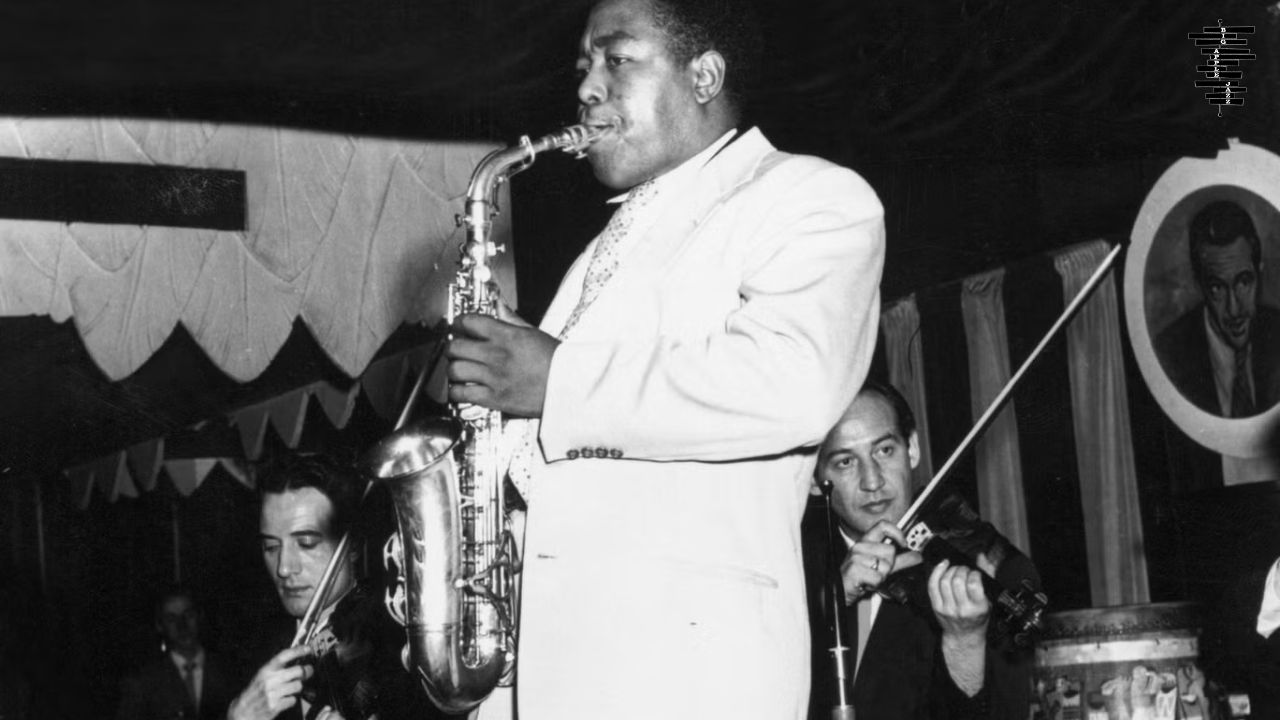
Key Takeaways from Parker’s New York Sessions
- Parker turned bebop from experiment to established form.
- His Village sessions redefined jazz performance.
- His tone and phrasing became templates for generations.
- His life showed the fine line between genius and struggle.
Final Thoughts
Charlie Parker’s journey through New York wasn’t just about music, it was about freedom. From late-night sessions at Minton’s to unforgettable nights at The Village Vanguard, he gave jazz a new language.
Village Vanguard still stands strong and is a major part of New York’s jazz scene today. Visit this gem and explore other popular jazz clubs at your own pace through a private jazz tour.
Parker made music that demanded thought, feeling, and courage. His legacy still flies high, reminding us that art, like Bird himself, was born to soar.
Through every note, every phrase, and every silence, Charlie Parker taught the world that music could truly set the spirit free.
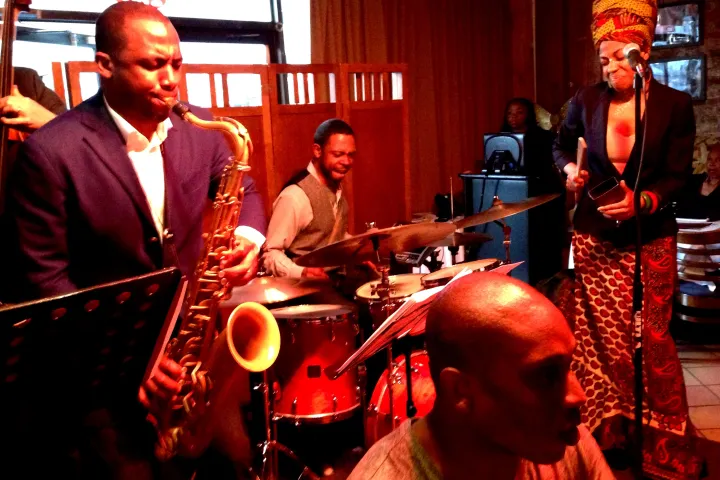
Harlem Juke Joint Tour
Your Harlem jazz tour guide customizes the best itinerary for each given night, based on the most talented players in Harlem’s most exciting jazz clubs.
185 Reviews

Harlem Juke Joint Tour
Your Harlem jazz tour guide customizes the best itinerary for each given night, based on the most talented players in Harlem’s most exciting jazz clubs.
185 Reviews
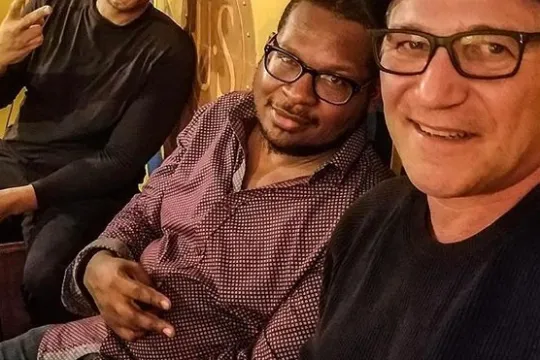
Private Tour
We’ll design your private jazz tour based on your tastes and our extensive knowledge of musicians, clubs and speakeasies throughout the city. We know what is happening nightly on and off-the-beaten-path.
185 Reviews

Private Tour
We’ll design your private jazz tour based on your tastes and our extensive knowledge of musicians, clubs and speakeasies throughout the city. We know what is happening nightly on and off-the-beaten-path.
185 Reviews
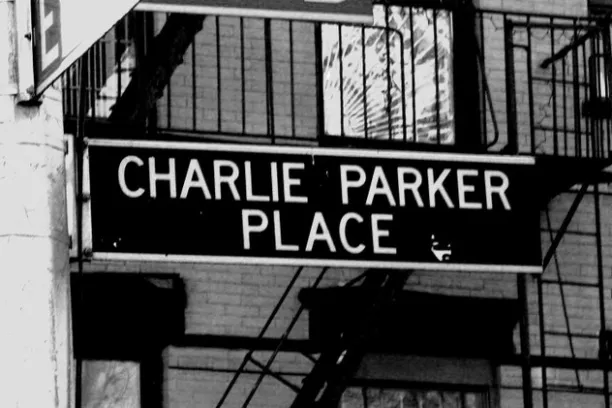
Greenwich Village Jazz Crawl
Intimate Greenwich Village Jazz Tour to discover and explore two hidden jazz haunts and the sites where Billie Holiday, Charlie Parker, and Bob Dylan made history.
185 Reviews

Greenwich Village Jazz Crawl
Intimate Greenwich Village Jazz Tour to discover and explore two hidden jazz haunts and the sites where Billie Holiday, Charlie Parker, and Bob Dylan made history.
185 Reviews
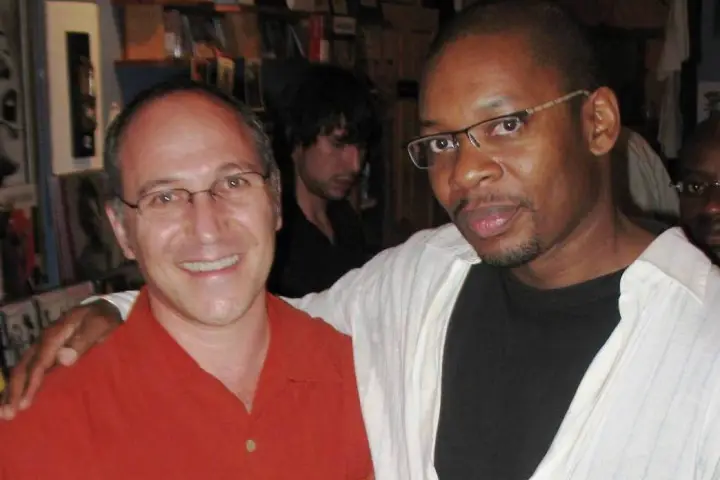
Legends of Jazz Tour
This is our premium tour! It features jazz’s international superstars, and also rising stars who deserve wider recognition.
185 Reviews

Legends of Jazz Tour
This is our premium tour! It features jazz’s international superstars, and also rising stars who deserve wider recognition.
185 Reviews
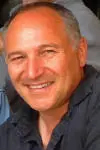
Gordon Polatnick
Gordon is the founder of Big Apple Jazz Tours. What started as a personal challenge to discover and document all of New York’s hundreds of jazz joints and to establish Harlem’s first jazz day club, has now blossomed…
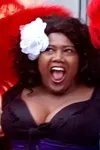
Amanda Humes
There’s no one in New York City like Amanda! Equal parts sass, smarts, and customer service – Amanda is the Harlem resident, Columbia University graduate, and…
